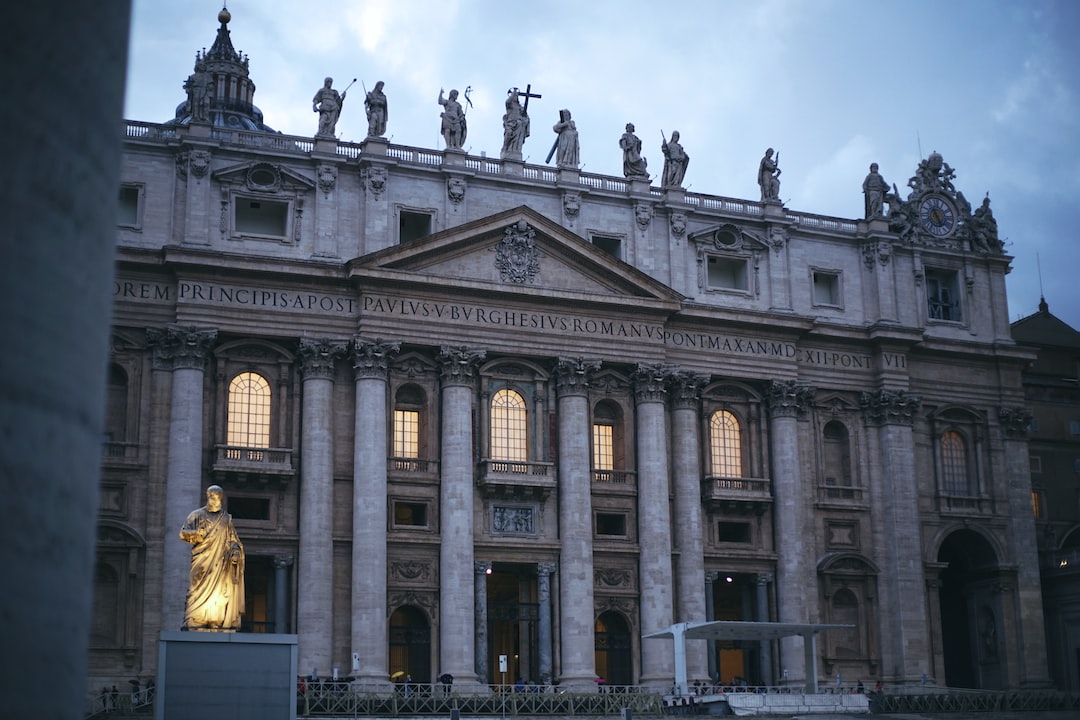Art has always played a significant role in preserving cultural heritage and identity. From ancient cave paintings to iconic sculptures, art is a powerful tool that helps us understand our past, appreciate our present, and shape our future.
Cultural heritage encompasses the tangible and intangible aspects of a society’s history, traditions, and customs. It is the collection of artifacts, landmarks, music, dance, literature, and other creative expressions that capture the essence of a particular community. Art, in its various forms, serves as a link between generations, connecting us to our roots and allowing us to pass on our unique heritage to future generations.
One of the main roles of art in preserving cultural heritage is the documentation of history and traditions. Throughout history, artists have depicted events, rituals, and everyday life, providing us with valuable insights into the culture and beliefs of bygone eras. Paintings, sculptures, and literature serve as windows into the past, enabling us to understand and appreciate the experiences of our ancestors. Without the artistic creations of previous generations, much of our cultural heritage would be lost, and with it, our connection to our roots.
Art also serves as a means of cultural expression, allowing communities to celebrate their identity through various creative outlets. Traditional dances, music, and clothing are all manifestations of a community’s unique cultural heritage. They allow individuals to express their customs and values, building a collective bond and a sense of belonging. Traditional art forms also provide continuity, as they are passed down from one generation to another, keeping cultural traditions alive and thriving.
Preserving cultural heritage through art is not only important for the identity of a particular community but also for fostering global understanding and appreciation. Cultural diversity is what makes our world interesting and vibrant, and art helps break down barriers by showcasing the beauty and depth of different cultures. When we encounter art that is foreign to us, it allows us to step outside our comfort zones, broaden our perspectives, and cultivate empathy for others.
In many cases, art is also an economic driver and a source of pride for communities. Cultural tourism, for example, is a rapidly growing industry, attracting people from all over the world to experience the unique traditions and artistic expressions of various cultures. Local artists and artisans often play a crucial role in promoting and preserving cultural heritage by creating and selling their artwork, thereby ensuring the continuation of traditional practices and supporting the local economy.
However, the preservation of cultural heritage through art also faces many challenges. Globalization, urbanization, and modernization pose threats to traditional art forms and cultural practices. As societies become more interconnected, the younger generations may lose interest in their own heritage, opting for more globalized and homogenous forms of expression. This puts traditional art forms at risk of extinction, as the younger generation may not see their relevance or importance.
To address these challenges, it is crucial to promote art education and cultural exchange programs. By investing in art education, we can ensure that future generations not only develop an appreciation for their own cultural heritage but also for the artistic expressions of other communities. Art can serve as a bridge between cultures, fostering dialogue, understanding, and mutual respect.
Furthermore, the digitization and preservation of art are also crucial in preserving cultural heritage. Online galleries, virtual exhibitions, and digital archives allow for wider access to artwork and cultural artifacts, ensuring their preservation for future generations. Technology can also be utilized to create interactive and immersive experiences, enabling visitors to engage with art in new and exciting ways while still respecting the integrity of the original work.
In conclusion, art plays a vital role in preserving cultural heritage and identity. Through its ability to document history, preserve traditions, and foster understanding, art ensures that our unique cultural heritage continues to thrive. It is through art that we can appreciate the diversity and beauty of different cultures, fostering a sense of unity and mutual respect. As we navigate an increasingly globalized world, art will remain a crucial pillar in preserving our rich cultural heritage for generations to come.

